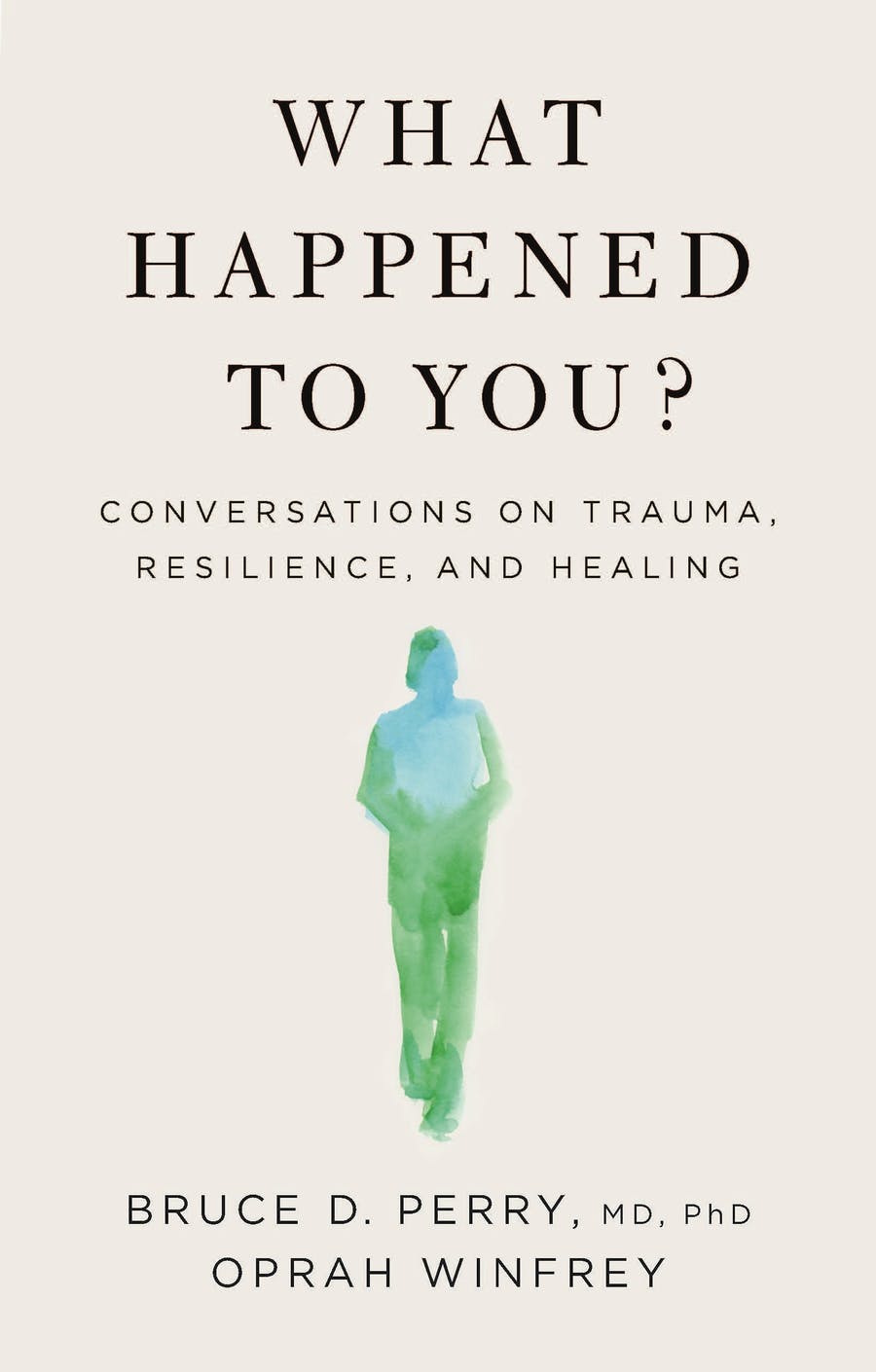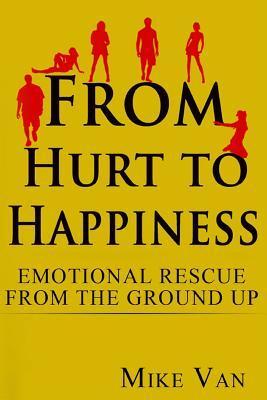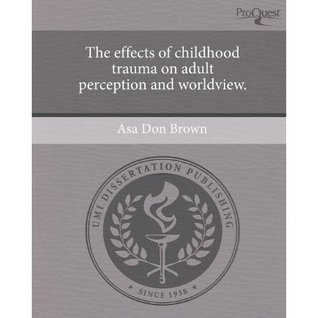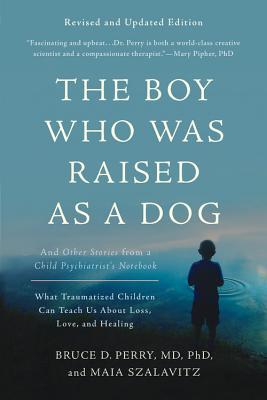
What Happened To You?: Conversations on Trauma, Resilience, and Healing
Book Description
What if the key to healing lies in understanding the wounds we carry? In "What Happened To You?", Bruce D. Perry unravels the intricate tapestry of trauma, resilience, and recovery through gripping conversations that illuminate the human experience. With each page, the narrative delves deep into the intricate connections between past and present, revealing the profound impact of early adversity on our lives. As stories of heartbreak and hope unfold, the transformative power of empathy and understanding takes center stage. Can the journey through pain lead to true healing and unexpected strength?
Quick Book Summary
"What Happened To You?" by Bruce D. Perry explores how early childhood trauma shapes the way we think, behave, and relate to others throughout our lives. Through engaging conversations with Oprah Winfrey, Perry illustrates how adverse experiences in childhood impact brain development, emotions, and patterns of resilience. Rather than asking "What's wrong with you?", Perry advocates for a shift in perspective toward "What happened to you?", fostering empathy and empathy-based approaches to healing. The book masterfully blends scientific research with relatable stories, making complex neurological concepts accessible. Ultimately, the message is hopeful: healing from trauma is possible when we are understood, supported, and given the tools to rebuild emotional safety, allowing for personal growth and transformation.
Summary of Key Ideas
Table of Contents
Understanding How Trauma Shapes the Brain
The book begins by unraveling how early trauma, especially in childhood, alters brain development and influences the way we respond to the world. Perry discusses the science behind neural pathways, explaining that traumatic experiences can impair the brain’s ability to manage stress and regulate emotions. Instead of framing problematic behavior as intentional misdeeds, the book urges readers to see such actions as adaptations born from adversity. Perry and Winfrey use real-life examples and scientific insights to set the stage for a paradigm shift in understanding behavior through the lens of trauma.
Shifting from Judgment to Empathy
Central to the book is the powerful shift from asking "What's wrong with you?" to "What happened to you?". This simple yet profound change cultivates compassion and open-mindedness, moving away from judgment and blame. Perry argues that this empathetic approach is crucial for supporting those who have experienced trauma, as it recognizes pain as a foundation for maladaptive behaviors instead of inherent flaws in one’s character. Through candid dialogues and compelling anecdotes, the authors model how empathetic listening can ignite the healing process.
The Lifelong Impact of Early Adversity
The narrative delves into the lifelong impact of childhood adversity, emphasizing how neglect, abuse, or inconsistency in early relationships can shape belief systems and self-worth. Perry explains how these early wounds are often carried into adulthood, affecting relationships, decision-making, and even physical health. The book underscores the importance of recognizing trauma’s pervasive influence and the intergenerational cycles it can perpetuate, inviting both individuals and communities to break harmful patterns through awareness and understanding.
The Transformative Power of Relationships
Relationships, according to Perry, are the cornerstone of recovery and resilience. Healing cannot occur in isolation; supportive, empathetic connections provide the safety needed to rewire the brain and foster growth. The authors highlight stories of transformation where compassion from caregivers, mentors, or friends becomes the catalyst for change. They advocate for environments—be they families, schools, or workplaces—that nurture security and trust, arguing these settings are essential for personal and collective healing.
Pathways to Resilience and Healing
Finally, the book offers hope by outlining practical pathways to healing and resilience. Emphasizing that recovery is possible at any stage of life, Perry presents evidence-based strategies such as consistent routines, mindfulness, therapy, and community support. The authors stress that even small acts of kindness and understanding can spark profound recovery. "What Happened To You?" ultimately encourages readers to embrace empathy, recognize the power of connection, and become agents of healing for themselves and others.
Download This Summary
Get a free PDF of this summary instantly — no email required.





